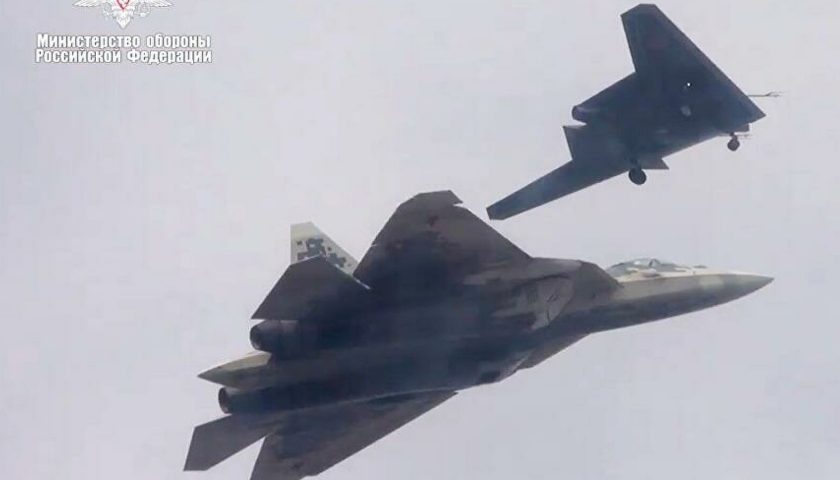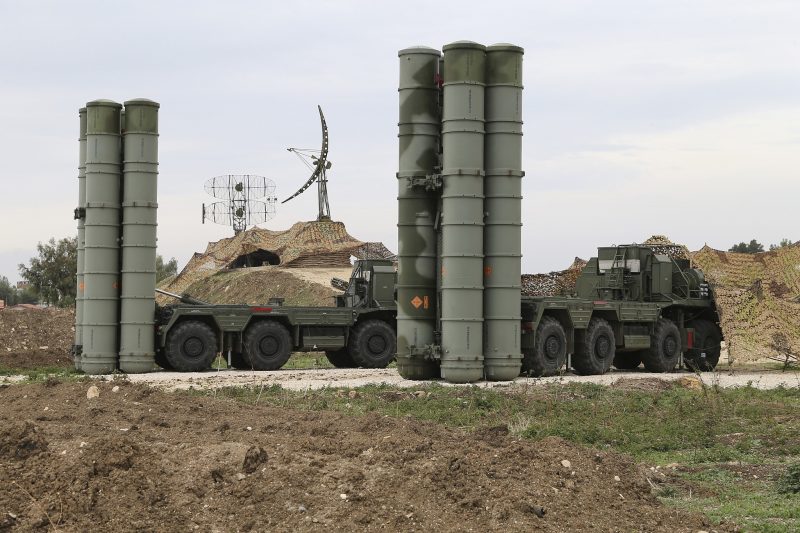Between 2012 and 2020, the Russian armed forces suffered an exceptionally large modernization and operational preparation phase, seeing in particular the number of its combat brigades to increase from 15 to 65, and the rate of "modern" equipment in endowment to go from less than 50% to more than 70%. In particular, they put into service nearly a hundred S-400 systems within twenty regiments, as well as more than 1200 modernized T90, T72B3 / M and T80BVM tanks. About 250 new Su-34, Su-35, Mig-35 and Su-30 fighter jets have joined their units, as well as a large number of helicopters, drones and artillery systems. Faced with this observation, from 2014, Westerners undertook to reconstitute their own armed forces, severely worn out by the post-Cold War period. However, the first significant increases in the defense budget did not occur until between 2016 and 2019.
It is precisely on the basis of this observed increase in the resources of Western armies, and in particular European armies, that President Vladimir Putin has just announced. a major effort to strengthen Russian air defense capabilities, with the acquisition in the coming years of 25 new S-400 and S-350 systems, as well as 200 aircraft, intended, according to the Russian head of state, to respond to the growing threat coming from NATO , itself however the result of the significant increase in Russian military capabilities initiated with the return to the presidency of Vladimir Putin in 2012. Last June, still on the same line, the Russian Defense Minister, Sergei Choïgou, announced the constitution of 20 new military units for the western districtprecisely to control the growing threat posed by NATO to Russia.

Although officially all deny it, this is very obviously a well-known arms race mechanism during the Cold War, each justifying their actions on the basis of the reactions of the supposed adversary to other actions previously carried out, all leading to a significant increase in tensions as well as in the military resources deployed. However, it is, in this specific case, much more of a communication exercise on the part of the Russian president, than a real change in defense policy and current military programming. Indeed, in the years to come, that is to say by the end of the current programming law in 2027, the Russian armies should already receive 76 new generation Su-57 fighters, around forty Su-34 bombers, and at least three dozen heavy Su-35 fighters, to which must be added S70 Okhotnik B combat drones, transport planes, Tu-160M bombers and helicopters, all reaching and even easily exceeding the 200 aircraft announced. The 25 S-350 and S-400 systems represent only 5 fully operational anti-aircraft regiments, while more than ten regiments remain equipped with old systems such as the Buk M2 or the S-300.
There are 75% of this article left to read, Subscribe to access it!
The Classic subscriptions provide access to
articles in their full version, and without advertising.
Meta-Defense celebrates its 5th anniversary!

- 20% on your Classic or Premium subscription, with the code Metanniv24
Offer valid from May 10 to 20 for the online subscription of a new Classic or Premium, annual or weekly subscription on the Meta-Defense website.


